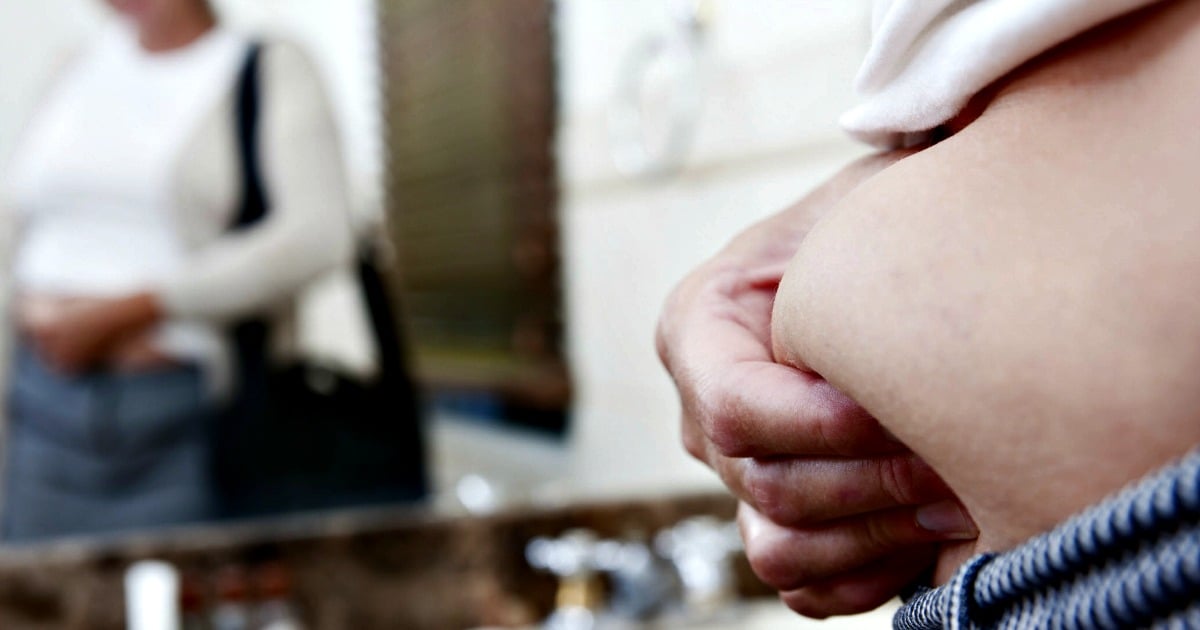The sales pitch of every shonky diet tool, from weight-loss tea to diet pills, is that you can change the way you look without changing how you live.
Take the AspireAssist, an American weight-loss device that’s on its way to Australia.
“With the AspireAssist you can eat normal, healthy meals with your friends and family,” says a brightly animated information video about what is essentially a personal stomach pump.
“Afterwards, in the privacy of a restroom, the device lets you remove up to a third of the food you eat through a small tube in your belly.”






























































































